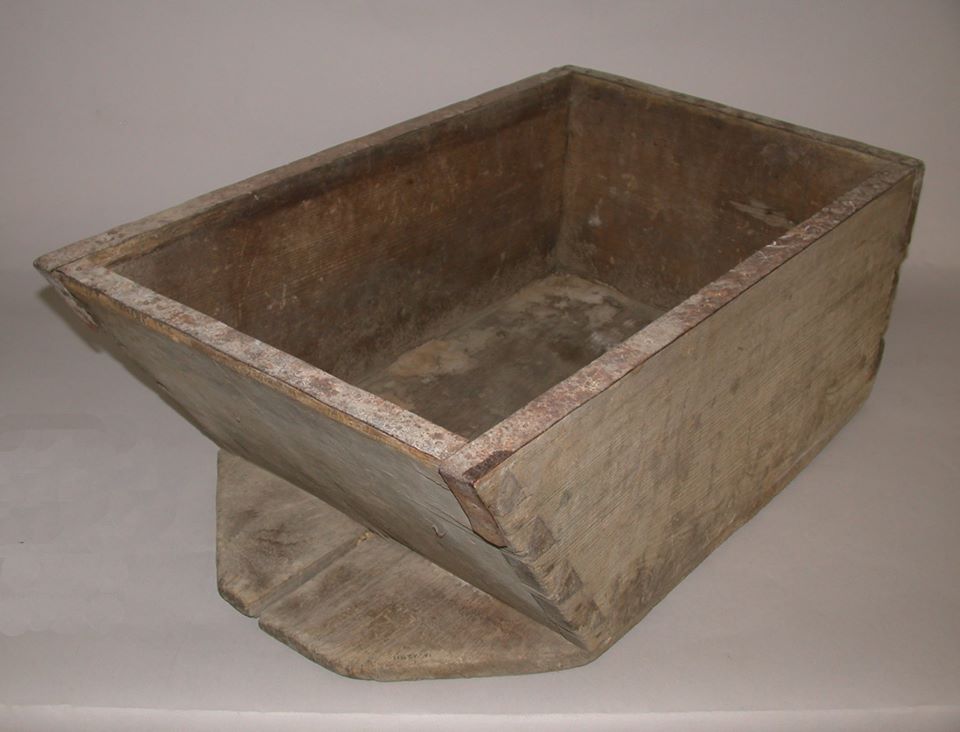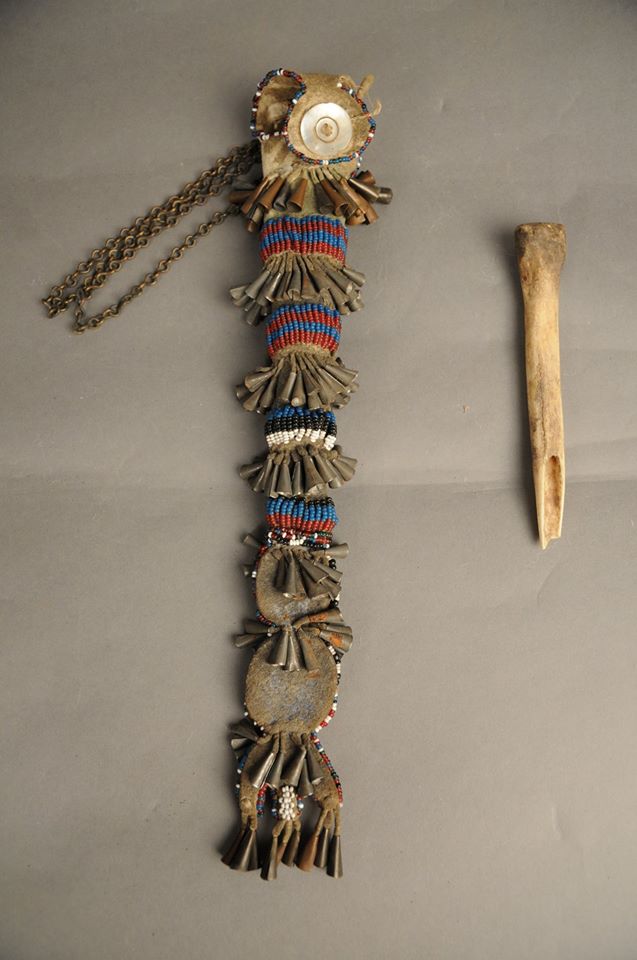
A 19th century measuring box known as a media fanega (or a half fanega). It is made of milled pine and enforced with metal strips, and has a leather handle. A fanega was an old Spanish unit of measurement usually used to measure grains. The measure varied from region to region in the Spanish-speaking Americas.
This object is just one of approximately 16,000 objects in the history museum’s collections. These objects are not just used for exhibit, but are often used for research.
Recently, a scholar studying the different Spanish units of measurement requested dimensions of several of these measuring units. From these internal dimensions, he calculated this media fanega at 2,428.3 cubic inches. His research calculates that an official standard set by the 1852 New Mexico territorial legislature for the unit measurement of the media fanega was 2,476.25 cubic inches. Thus, he determined that of all the media fanegas in the museum’s collection from that time period, this media fanega was the closest to that official measurement.
The collections staff thanks all the scholars and researchers who continue to provide extended knowledge to our object records.

